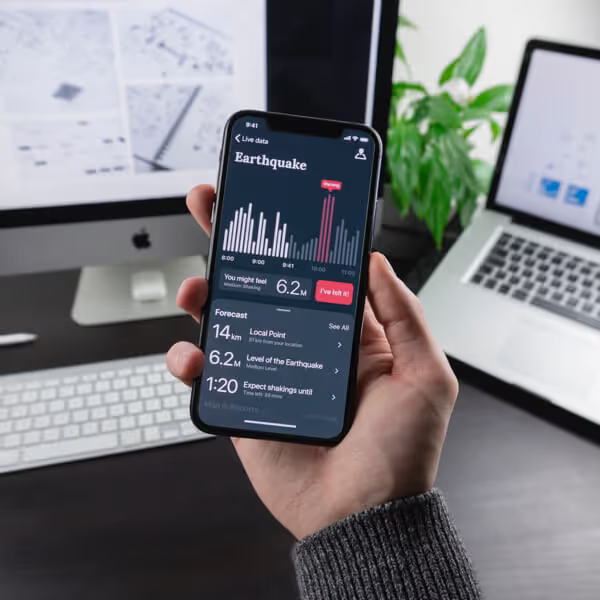or some businesspeople, branding can be a controversial topic. It is often misunderstood due to its lack of tangibility and associated difficulty of measurement. Among all the tools in the marketer's quiver, branding and brand-building activities probably takes the longest to have an effect. As such, results are diffuse and can blend into the noise of other marketing activities. This can result in heavily sales-driven organisations rarely choosing to invest in it because it’s unable to deliver immediate gratification in the form of quarterly sales uplift.
Ironically, these heavily sales-driven businesses are often the ones that have the most to gain from investing in a strong brand. Too often, revenue is linked to personal relationships rather than the value offered by the business. The resignation of a key sales executive to join another business or start their own could have a material impact on the bottom line due to the high degree of brand liquidity – that is when the brand and the sales staff are the same thing. For these businesses, establishing a brand identity that differentiates them from competitors is a risk-mitigation activity that warrants serious investment.
The Data Behind Branding
Data reveals that the revenue growth of the most relevant brands outperformed the S&P 500 average revenue growth by 230% and EBIT growth by 1,040% over the past 10 years. This stark difference underscores the significant impact a strong brand can have on a company’s financial performance.
Brand: A Critical Element for Business Success
Brand building is critical for any business operating in a competitive market. Whether you are in B2C or B2B, it is always a human being who makes the final purchasing decision. In B2B, there are often additional stakeholders, each with their own biases and motivations, which influence a purchase. It is at the point in a customer journey, after suitable solutions have been evaluated and a shortlist agreed upon, that the impact of a brand has the biggest influence. It is the emotional match point that seals the deal.
Defining Branding
Branding is the effective communication of a value proposition that is compelling to an audience. It has recognisable and consistent visuals, including logos, colours, and fonts, which the audience will begin to associate with the value proposition and the market positioning of the brand itself. A strong brand helps prospects make a decision by subconsciously informing them of what they can expect to receive in terms of quality, price, service, and trustworthiness.
Steps to Develop Your Brand
Most businesses struggle to articulate their value proposition. To begin developing your brand, there are five key steps to go through:
- Define your audience and their common characteristics: Understanding who your audience is and what they care about is foundational.
- Identify the main problems faced by your audience: Recognising these problems allows you to position your brand as a solution.
- Define your key value propositions in response to these problems: Clearly communicate how your brand solves these problems.
- Define your brand archetype/s: This helps in shaping the personality and tone of your brand and create a "human" connection with your audience.
- Develop compelling & concise key messaging that connects with your audience: Ensure your messaging is consistent across all platforms and touchpoints.
Benefits of a Strong Brand
A brand that is consistent with a compelling message will benefit from an increase in trust, recognition, and ultimately result in sales uplift and a decrease in marketing spend. The essence of effective branding lies in its ability to communicate the core values and unique propositions of a business clearly and consistently, thereby building long-term equity and customer loyalty.
While investing in your brand may not provide immediate financial results, its long-term benefits far outweigh the initial investment. Businesses that understand and harness the power of a strong brand are better positioned to achieve sustained growth and profitability. If you need assistance in building, refining or tracking the impact of your brand, contact our team today for a demo of our AI-driven Brand Governance software, Brander.

.avif)
%20(3).avif)










